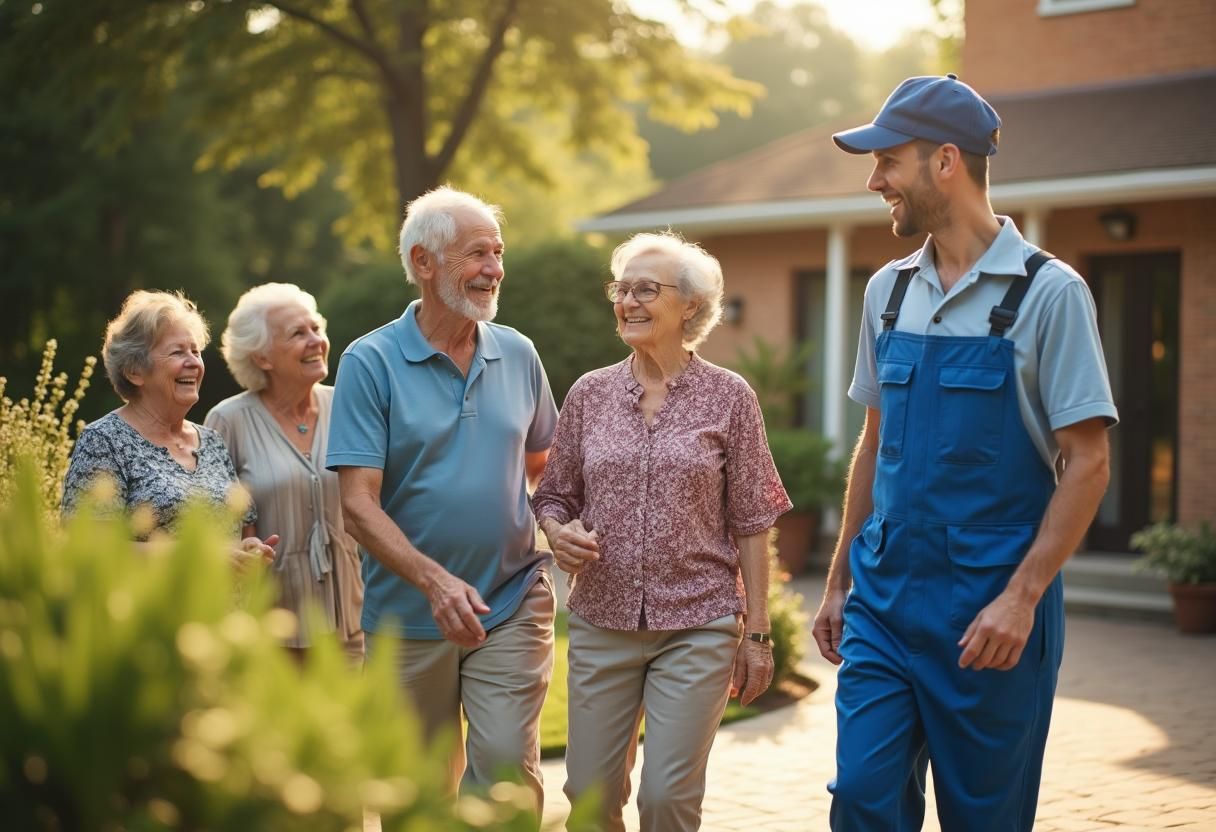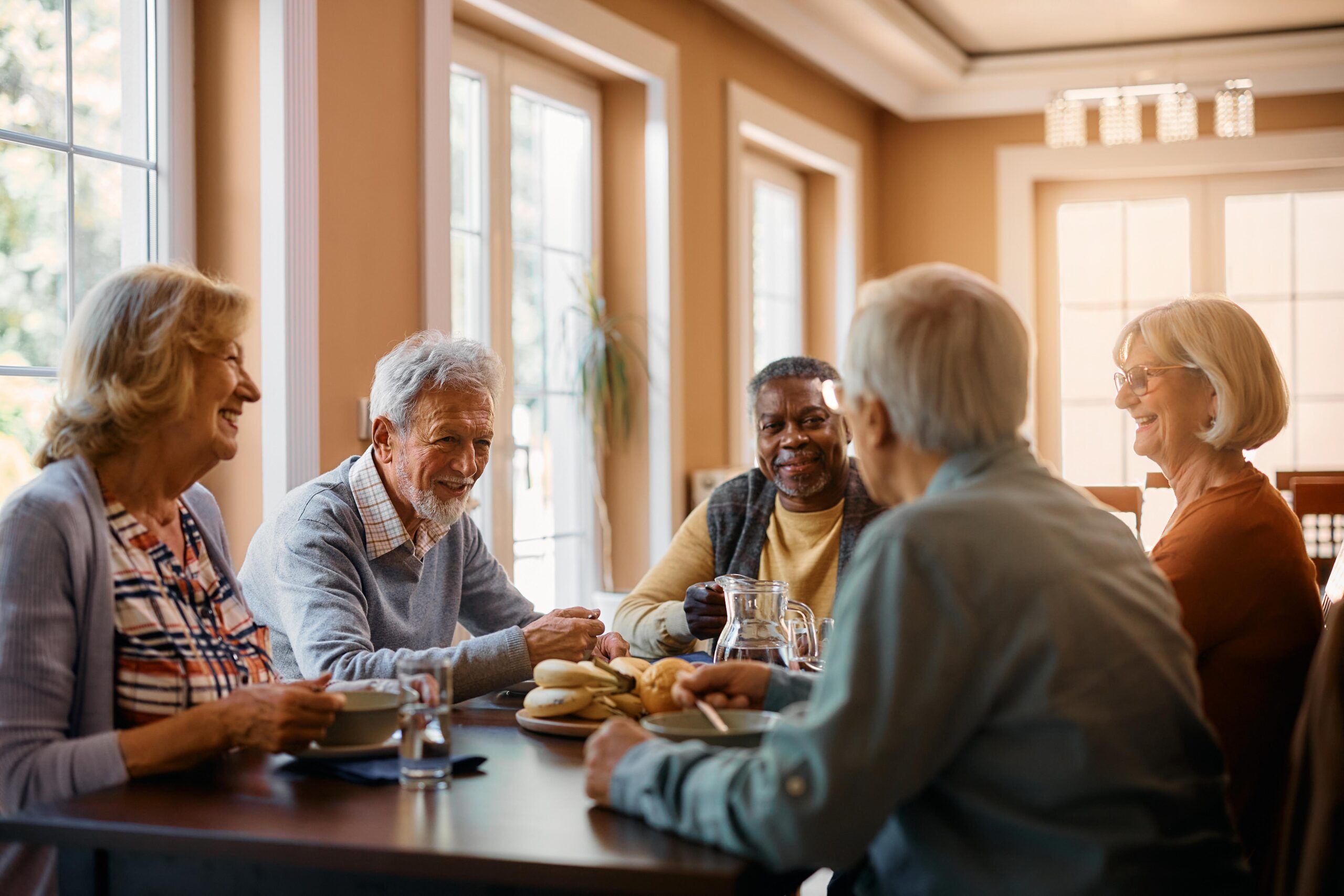The Benefits of Maintenance-Free Living: More Time for Hobbies, Friendships, and Self-Care
After years of caring for others and managing a household, many older adults look forward to a new chapter that’s all about them. Maintenance-free living in a senior community offers just that: freedom from daily chores and the chance to focus on what truly brings you joy.
Whether you’re exploring housing for adults 55 and older or considering a transition into senior apartments near you, this lifestyle shift can be transformative.
Reclaim Your Time
Imagine what your days could look like if you no longer had to think about fixing appliances, mowing the lawn, or dealing with household tasks. Maintenance-free living gives you back that precious time. And with more time, you can finally dive into the hobbies you’ve always loved or even explore new ones.
Do you love to paint? Join an art class. Have you been wanting to get back to gardening? Many communities have raised beds ready for you. Whether it’s reading, music, or learning something new, the possibilities are endless when your schedule is your own.
Build Stronger Connections
Living in a senior community means you’re surrounded by friendly neighbors who are just as eager to connect. With organized activities, group outings, and welcoming common spaces, it’s easy to meet people and build lasting friendships.
No more being isolated at home while waiting for the repairman. Instead, your days can be filled with laughter over lunch, group fitness classes, or a walk with friends. It’s not just about having more time—it’s about having more meaningful moments.
Focus on Self-Care
Self-care often takes a backseat when life is busy. But assisted living helps shift the focus back to you. Spend time on your health and well-being, whether that’s taking a yoga class, visiting the on-site salon, or enjoying nutritious chef-prepared meals.
With fewer responsibilities and more support, you can relax and recharge. Your energy can go toward things that make you feel good—not toward managing a home.
It’s Your Time to Thrive
Senior living communities like Claiborne Senior Living are designed to help you live life on your terms. With maintenance-free senior housing, you can enjoy more time, more connection, and more freedom without the stress of home upkeep.
If you’re ready for a lifestyle that gives you more of what matters, discover the freedom and joy of senior living. Because this chapter? It’s all about you.














